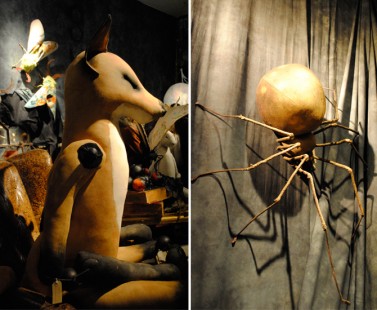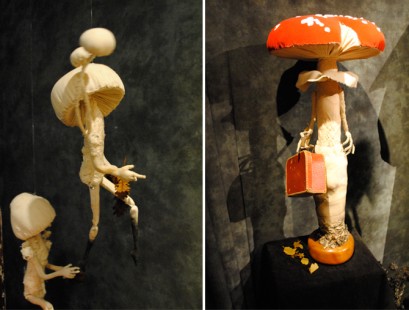Since 1927, The Strand bookstore has endured as a bastion of literature and an iconic New York institution — a "monument to the immortality of the written word," in Fran Lebowitz's words. The sole survivor of the city's famous Book Row, this living landmark whose famed red awning boasts "18 miles of books" has continued to grow in size and scope. In 2003, it was crowned with a Rare Book Room occupying the newly built top floor — a spacious portal into a different era, with its oriental rugs and velvet curtains and Edwardian leather armchairs and shelves overflowing with treasures ranging from signed Hemingway first editions to esoteric Victorian encyclopedias of botany.
It was there that some of the greatest writers of our time began convening for a series of revelatory public conversations — titans like George Saunders, Renata Adler, A.M. Homes, David Shields, Alison Bechdel, Mark Strand, Paul Auster, and Edward Albee. The record of these extraordinary encounters now appears as Upstairs at the Strand: Writers in Conversation at the Legendary Bookstore (public library).
Jessica Strand, who masterminded the series and who currently hosts the wonderful Books at Noon program at the New York Public Library, writes in the preface:
It was this feeling — the serendipity, the variety, the happy collision of books, ideas, and people — that we tried to capture in our reading series up in the Rare Book Room. The goal was to match writers with other writers: two (or more) equals on stage for freewheeling, candid conversations on their work, their craft, their likes, their dislikes.
The pairings span an enormous range of relationships — dear friends who had loved each other for decades, admiring strangers who had never met in person before, writers who teach each other's work, thinkers linked by a common thread not readily visible. Each conversation is governed by a different self-determined dynamic — some become interviews, with one writer assuming the role of the revealer and the other of the revealed; some are two-way celebrations, where the mutual goodwill and deep admiration become the lens through which both writers' work is illuminated; some are dynamic interactions of ideas bouncing between two formidable minds and radiating into a winding, layered, nuanced conversation about, oh, everything.
https://www.brainpickings.org/2016/03/21/junot-diaz-upstairs-at-the-strand/?mc_cid=0379a5846e&mc_eid=450801d0ab






